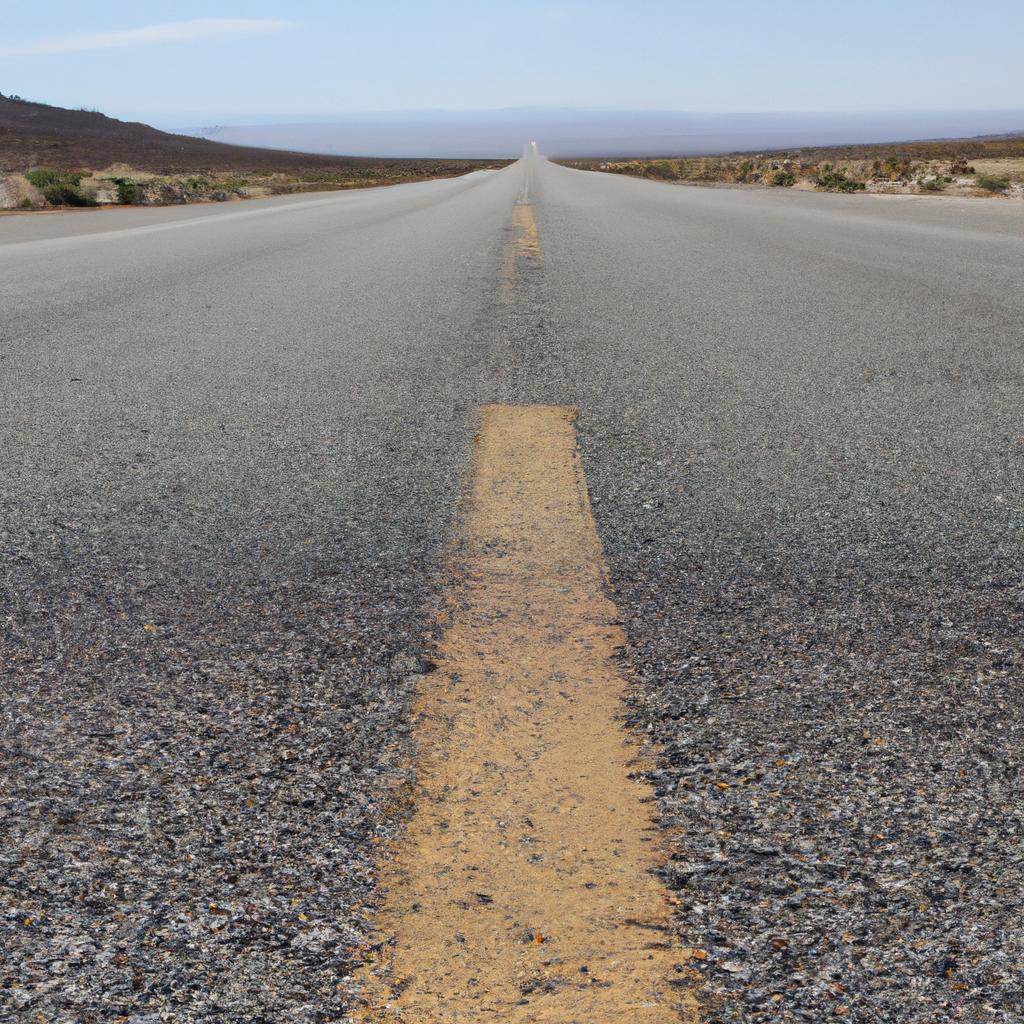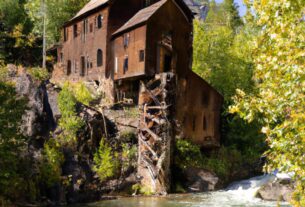If you’re a road trip enthusiast or an adventure seeker, you’ve probably heard of the “Loneliest Highway in America.” This legendary highway is renowned for its vast stretches of desolate land, minimal traffic, and the feeling of being in the middle of nowhere. But what exactly is the Loneliest Highway, and why is it called that?
Discovering the Isolation
The Loneliest Highway in America refers to a stretch of road that is isolated, with minimal services, few or no towns, and infrequent traffic. In 1986, Life Magazine coined the term to describe US Route 50, which runs across Nevada.
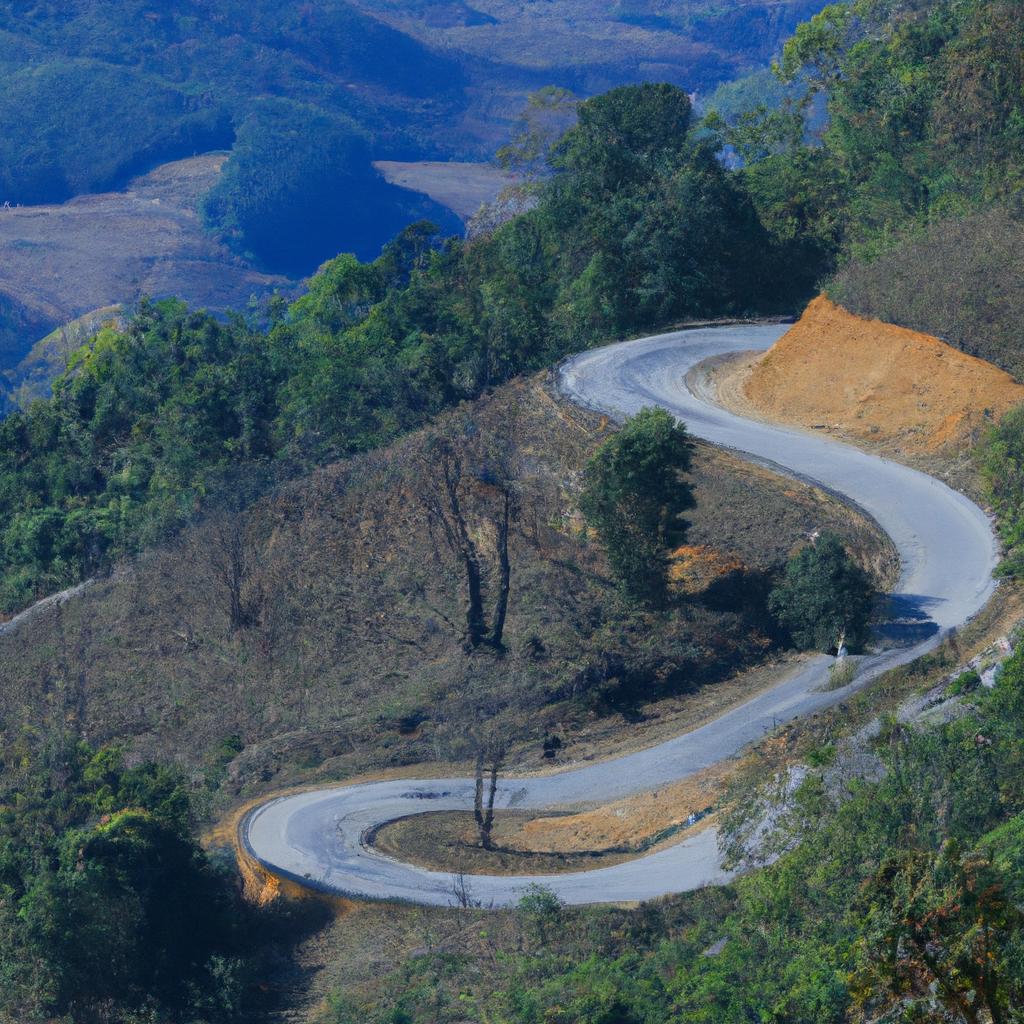
Why it Matters
Knowing about the Loneliest Highway in America is crucial for anyone planning a road trip or traveling through remote areas of the country. The highway’s isolation and limited access to services mean that travelers must be adequately prepared before embarking on the journey. Understanding the route’s geography, weather patterns, and potential hazards can help travelers stay safe and avoid any unpleasant experiences.
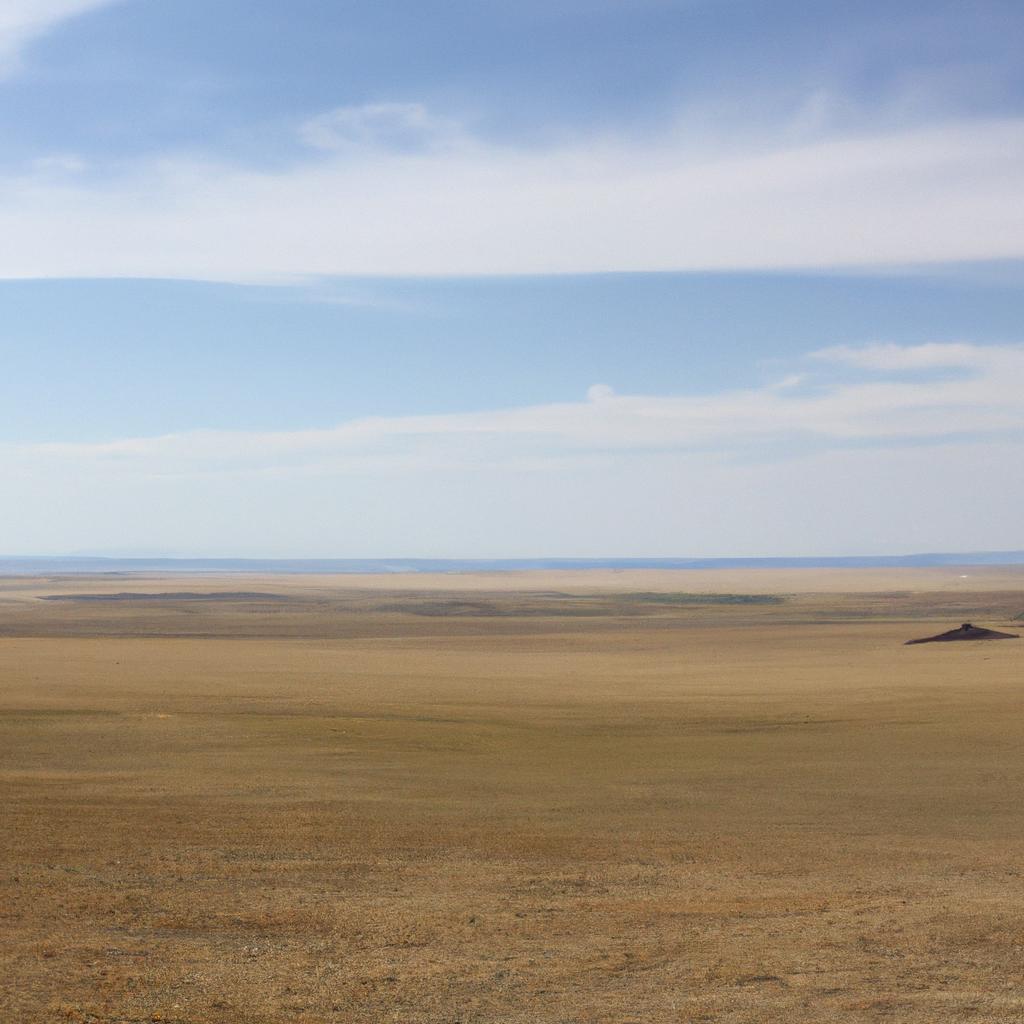
A Brief History
The Loneliest Highway in America has a fascinating history that dates back to the early days of westward expansion. Native American tribes initially used the route to travel across the country, followed by pioneers and settlers heading west. In the 1980s, Life Magazine highlighted the road’s isolated nature, thus earning it the title of the Loneliest Highway in America.
Determining which highway truly deserves the title of Loneliest in America is not a straightforward process. Several factors must be considered, and a methodology needs to be applied to arrive at a conclusive decision. Let’s explore the criteria used to determine the Loneliest Highway.
Factors to Consider
The following factors are usually taken into account when determining the Loneliest Highway in America:
- Traffic volume: Highways with minimal traffic are more likely to be classified as lonely.
- Available services: Highways with few or no gas stations, restaurants, or rest stops are more likely to be lonely.
- Population density: Highways passing through sparsely populated areas are more likely to be lonely.
- Scenery: Isolated highways with breathtaking scenery are more likely to earn the title of Loneliest Highway.
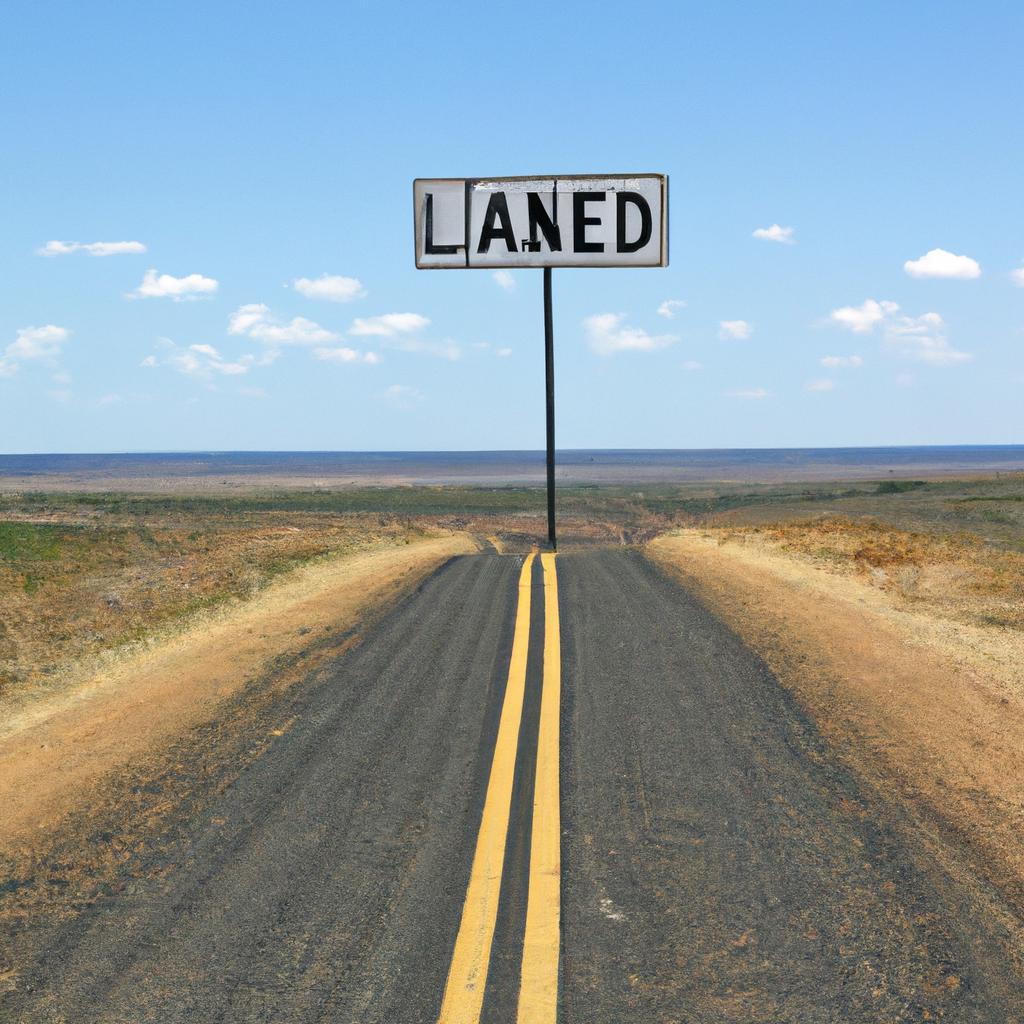
Determining the Loneliest
There are several methods used to determine the Loneliest Highway in America. One common approach involves calculating the number of services available per mile along the highway. The highway with the fewest services is deemed the Loneliest. Another method is to calculate the average daily traffic along the highway and identify the one with the lowest volume.
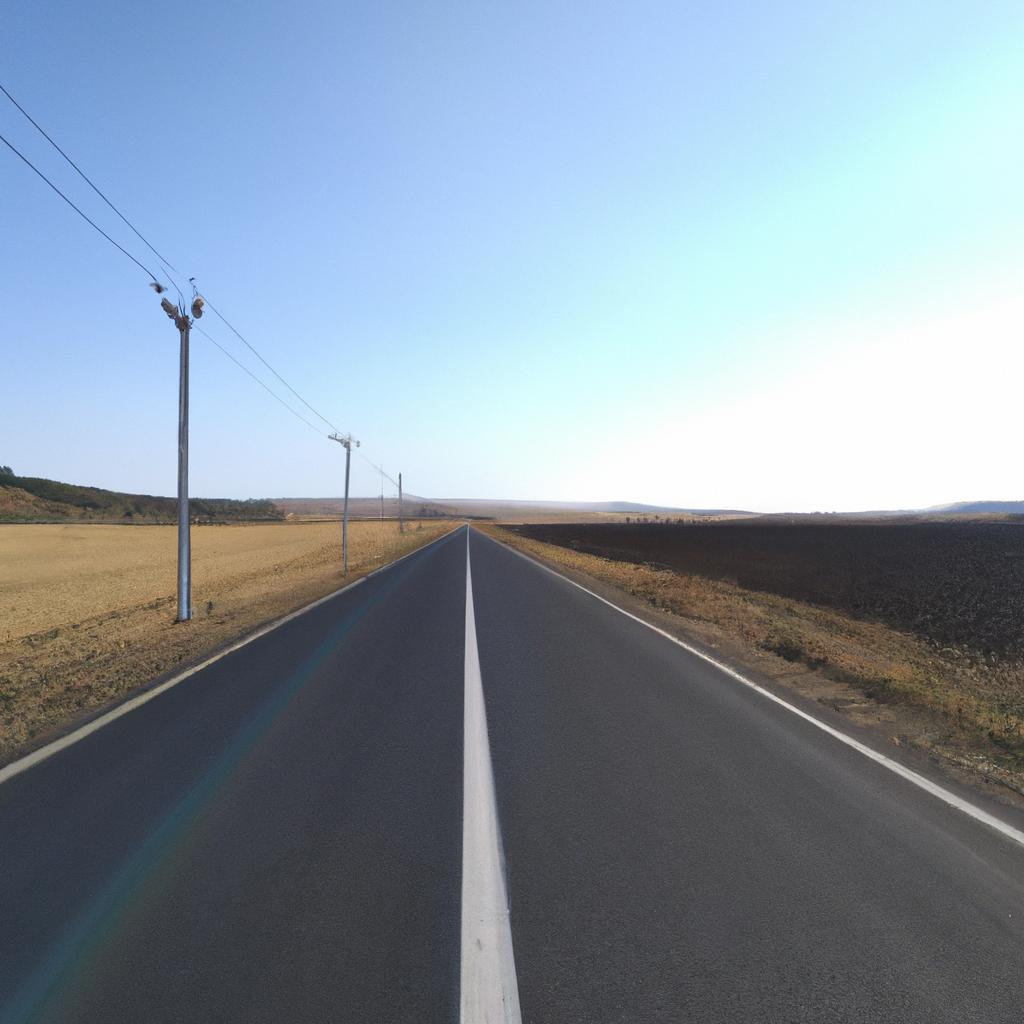
Top Three Loneliest Highways
While America has numerous lonely highways, some stand out as the Loneliest Highways in the country. Here are three highways known for their isolation and sparsely populated areas:
Route 50 in Nevada
Often referred to as the Loneliest Road in America, Route 50 spans 408 miles across Nevada. Travelers will encounter vast deserts, mountain ranges, and ghost towns along this solitary stretch. With minimal traffic and few services, proper preparation is essential before embarking on this journey.
US-550 in Colorado
US-550 in Colorado offers stunning scenery and challenging driving conditions. This 300-mile highway winds through the San Juan Mountains, featuring hairpin turns, steep grades, and narrow lanes. With limited services and few towns along the route, cautious driving is necessary.
Route 2 in Montana
Route 2 in Montana covers 683 miles, passing through some of the most remote areas of the state. With vast prairies and mountains, travelers on this highway experience a true sense of isolation and solitude. Like the other Loneliest Highways, services and towns are sparse along this route.
Reasons for Loneliness
Several factors contribute to the Loneliness of Highways in America. Here are the most common reasons highways can feel isolated and desolate:
Geographical Features
Highways passing through vast deserts, mountains, or forests can feel lonely due to their geographic features. While the natural landscapes can be awe-inspiring, they also contribute to an eerie and desolate feeling.
Lack of Population and Development
Highways traversing sparsely populated areas can also evoke a sense of loneliness. When towns or settlements are few and far between, travelers feel like they are in the middle of nowhere. Limited development and services further intensify the feeling of isolation.
Limited Access to Amenities
The scarcity of gas stations, restaurants, or rest stops along a highway accentuates its loneliness. Travelers must plan ahead and be self-sufficient. The absence of services can make them feel completely on their own, heightening the sense of isolation.
Challenges of Driving on the Loneliest Highways
Driving on the Loneliest Highway in America presents several challenges that drivers must be aware of. Here are the most common obstacles:
Safety Risks
The isolated nature of these highways means emergency services may be far away in case of an accident or emergency. Drivers must remain vigilant of potential hazards, such as wildlife crossings or sudden changes in weather conditions.
Psychological Effects on Drivers
Driving on a lonely highway for an extended period can have psychological effects on drivers. The monotonous landscape and lack of stimulation can lead to boredom and fatigue, increasing the likelihood of accidents.
Taking Precautions
To minimize the risks associated with driving on the Loneliest Highway, drivers must take certain precautions. Planning the journey in advance, carrying adequate supplies such as food, water, and emergency kits, and ensuring the vehicle is in good condition are crucial. Staying alert and taking regular breaks to avoid fatigue is also essential.
In Conclusion
The Loneliest Highway in America offers a captivating but challenging experience with breathtaking scenery and a sense of isolation. However, it’s crucial to take necessary precautions to ensure a safe and enjoyable journey. By understanding the criteria used to determine the Loneliest Highway and the challenges that come with driving on it, travelers can be better prepared for the adventure ahead. So, if you’re planning a road trip on the Loneliest Highway in America, make sure to take all the necessary precautions to guarantee a memorable and safe experience.
